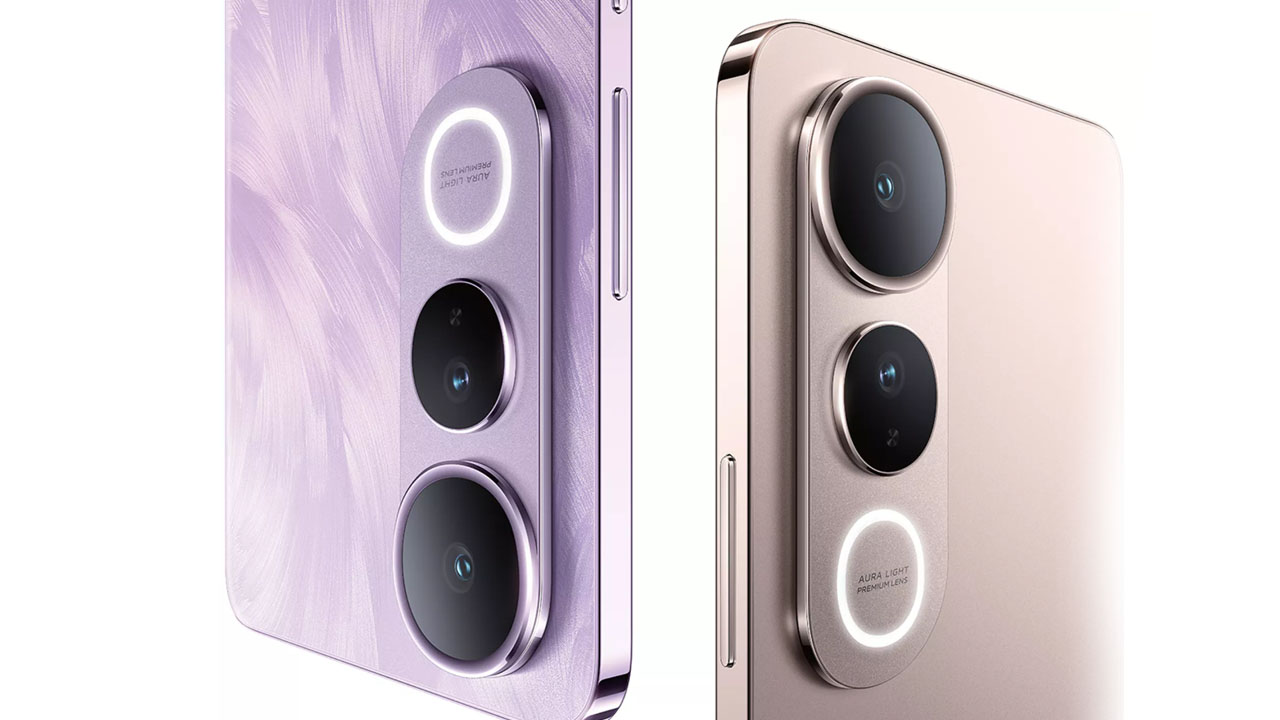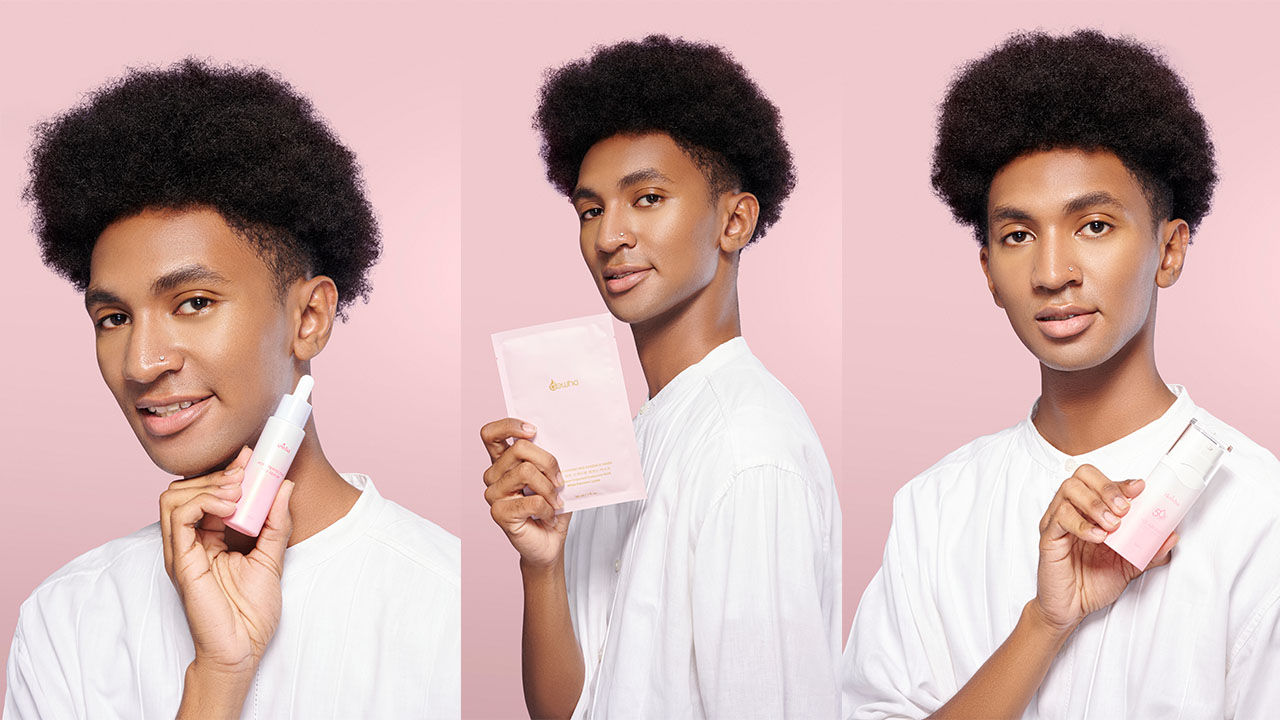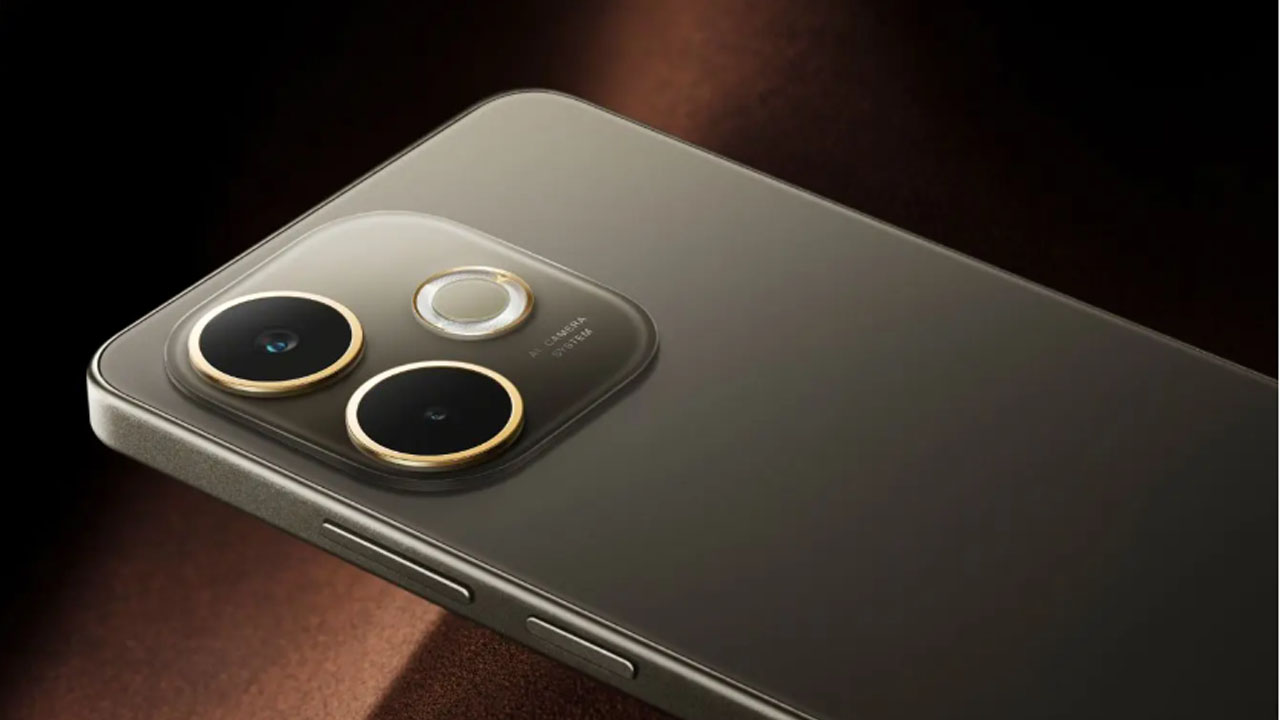But one thing stayed the same over the years – I still loved listening to music wherever I am. And in this day and age, it’s even easier than before.
Safe to say, music players have vastly evolved, and audio peripherals like earbuds have evolved along with them.
What used to be just a freebie inside cellphone boxes is now a whole industry, with a plethora of choices to choose from, depending on what you need.
Now, as much as I love zoning out to music, I can’t afford to be fully disconnected all the time. And yes, I do have a bunch of in-ears and headphones in my arsenal, but they share the same problem: you’ll end up disconnected from your surroundings.
Whether it’s walking in the city, working with others, or even just being at home, there are plenty of moments I find myself popping one earbud out or sliding one of my headphone pads halfway off, just so I can stay aware of what’s happening around me.
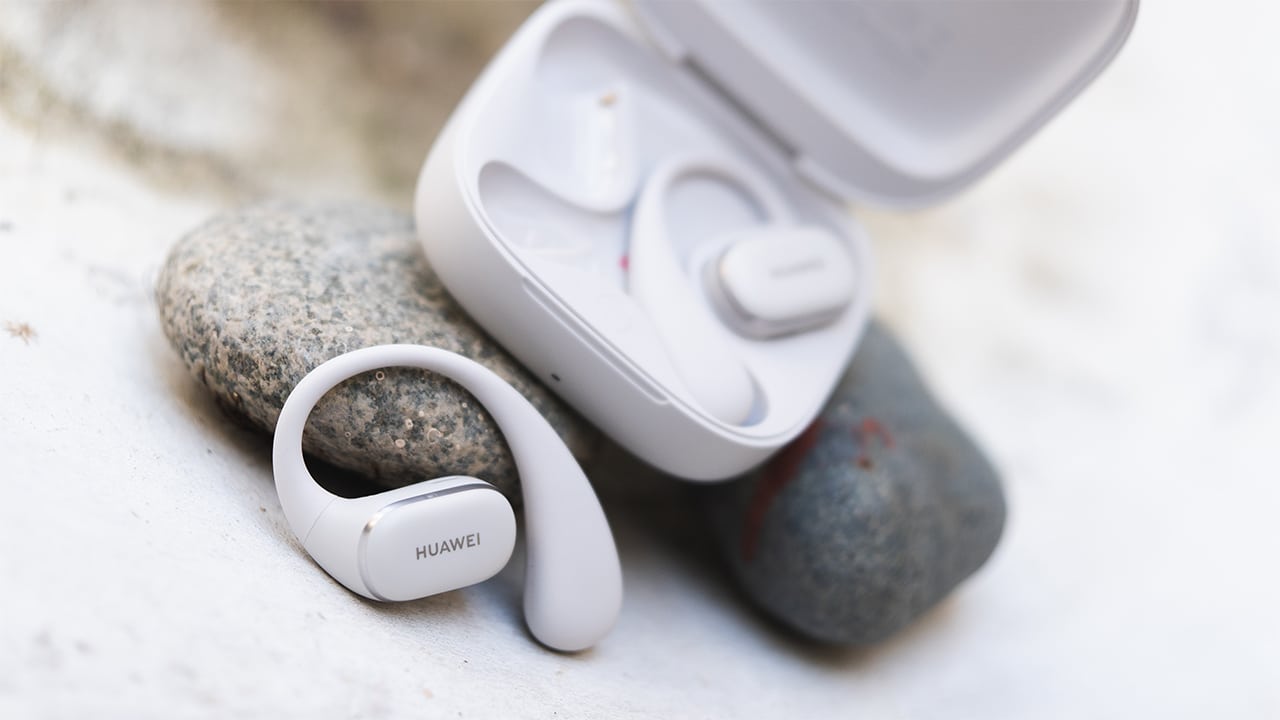
The Huawei FreeArc is an open-ear audio wearable. And they’re different because they stay on top of your ears instead of inside them.
This isn’t the first time I’ve tried them, but it’s a form factor I never fully embraced — mostly because the few I had tried before weren’t comfortable for long-term wear, looked too sporty, or just didn’t deliver when it came to sound.
Why I Was Never Into Open-Ear
For a long time, I wasn’t attracted to open-ear devices, especially since I was nowhere near the fit and active lifestyle they’re often marketed to. Sure, the idea was appealing — a way to listen to music while still staying aware of the world around me — but every pair I tried just didn’t cut it.
The first issue was comfort. Most open-ear options I came across feel great at first, but I listen to music almost, quite literally, the whole day. Long-wear would eventually lead to some sort of strain or, worse, skin irritation.
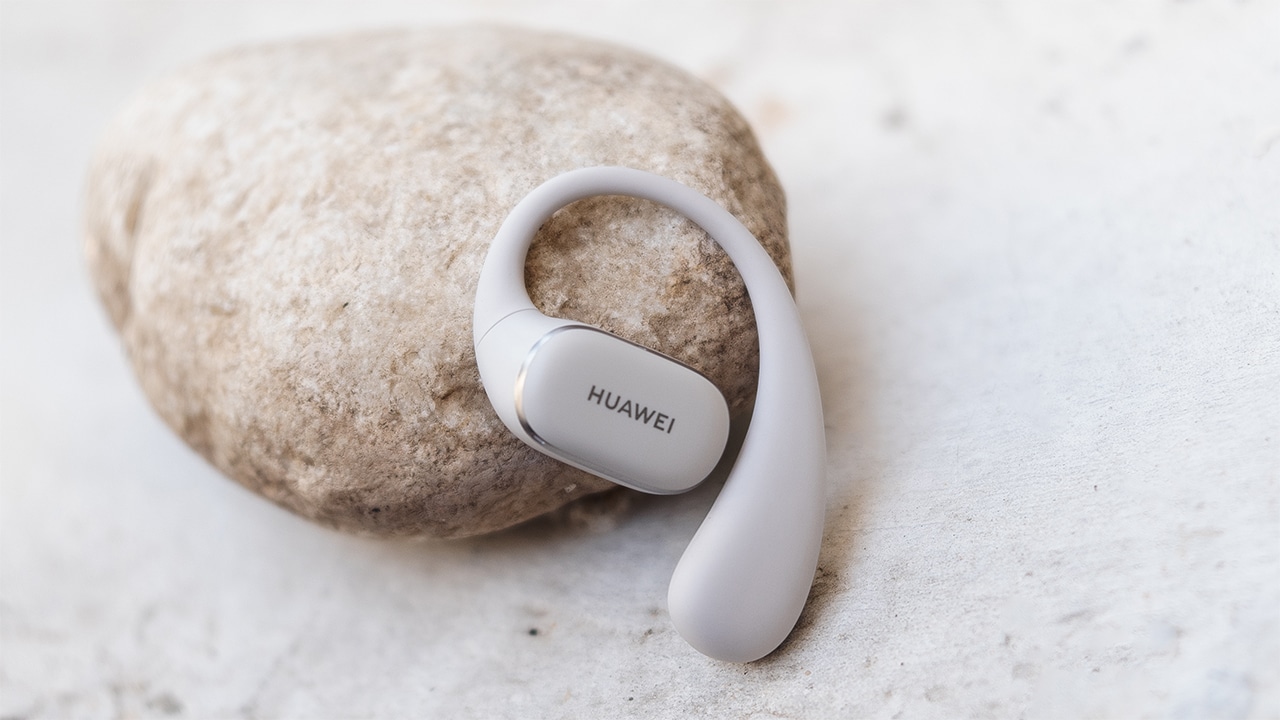
Plus, I’ll be honest, most of them just aren’t cute and look way too sporty. And yes, that matters to me, especially for wearables like earbuds, watches, and rings. I don’t want to look like I’m training for a triathlon when I’m just trying to grab coffee.
But the bigger issue, and probably the main reason I never fully embraced open-ear audio, was the sound quality. So many lacked volume, bass, or sounded too tinny — sometimes all of the above.
Coming from a world of headphones/earbuds that could deliver clear highs, punchy bass, and decent noise isolation, open-ear audio just wasn’t satisfying.
But don’t get me wrong, regular in-ear TWS buds, for all their convenience, can also sometimes have similar struggles. So what, then, you may be asking, makes me choose the FreeArc?
A Change of Pace
The Huawei FreeArc is surprisingly a fresh change of pace.

While it is still marketed for that fit and healthy lifestyle, it doesn’t focus 100% of its attention on it. And that’s rather obvious, starting with its design.
If you want that quintessential sporty-looking open-ear buds, you can opt for the neon green colorway, but Huawei also made sure to offer a more subtle black and a very elegant, muted, matte gray.
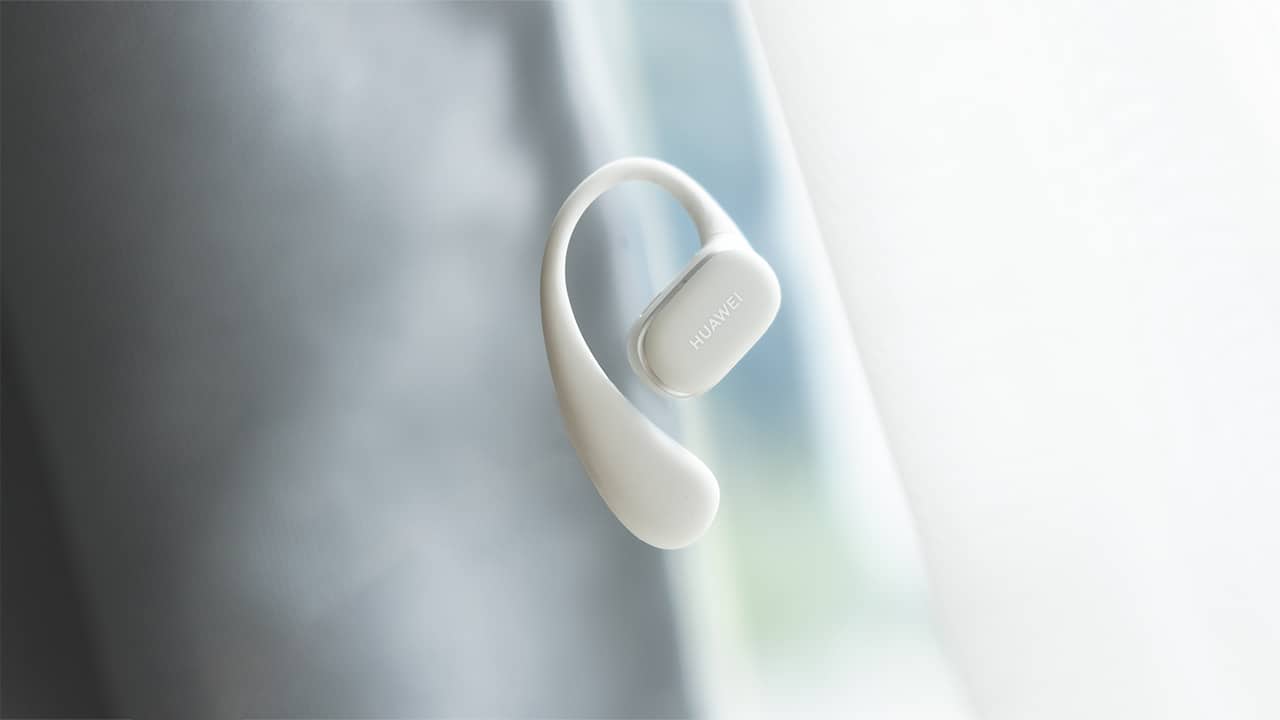
The case itself feels premium, with a smooth matte finish that feels velvety to the touch. The earbuds are rather beautiful, too, also with a similar matte finish and sporting Huawei’s special “C-bridge” droplet shape. The FreeArc claims to be 81.5% skin-friendly as well. As someone with sensitive skin that reacts to rubber, I can confirm that the FreeArc did not irritate.
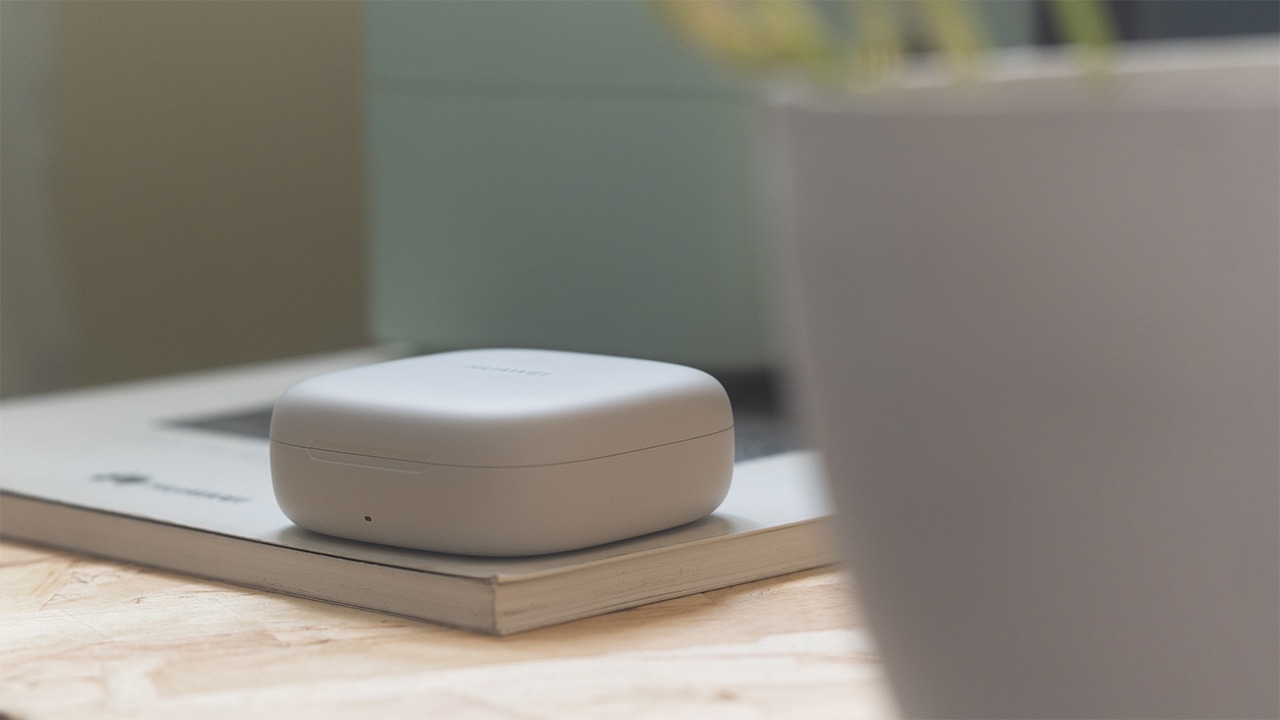
More than looks, though, it’s comfort that takes the spotlight. Take it out of the case, and the FreeArc looks unstable and even feels flimsy. But it’s that flexibility that gives you comfort. The C-bridge adapted gently to my ear shape as it was designed to do, and the overall lightness makes it almost unnoticeable after you get used to it.
I’ve worn them for hours — during errands, workouts, even while cooking — and rarely felt the need to adjust. The main “bud” sits comfortably on top of the ear canal and is in no way irritating. You will need to adjust a bit to find the perfect spot for the best sound.
The Huawei FreeArc also feels balanced. Its weight is evenly distributed enough that the earpieces don’t shift towards a heavier side (which is usually the main bud).
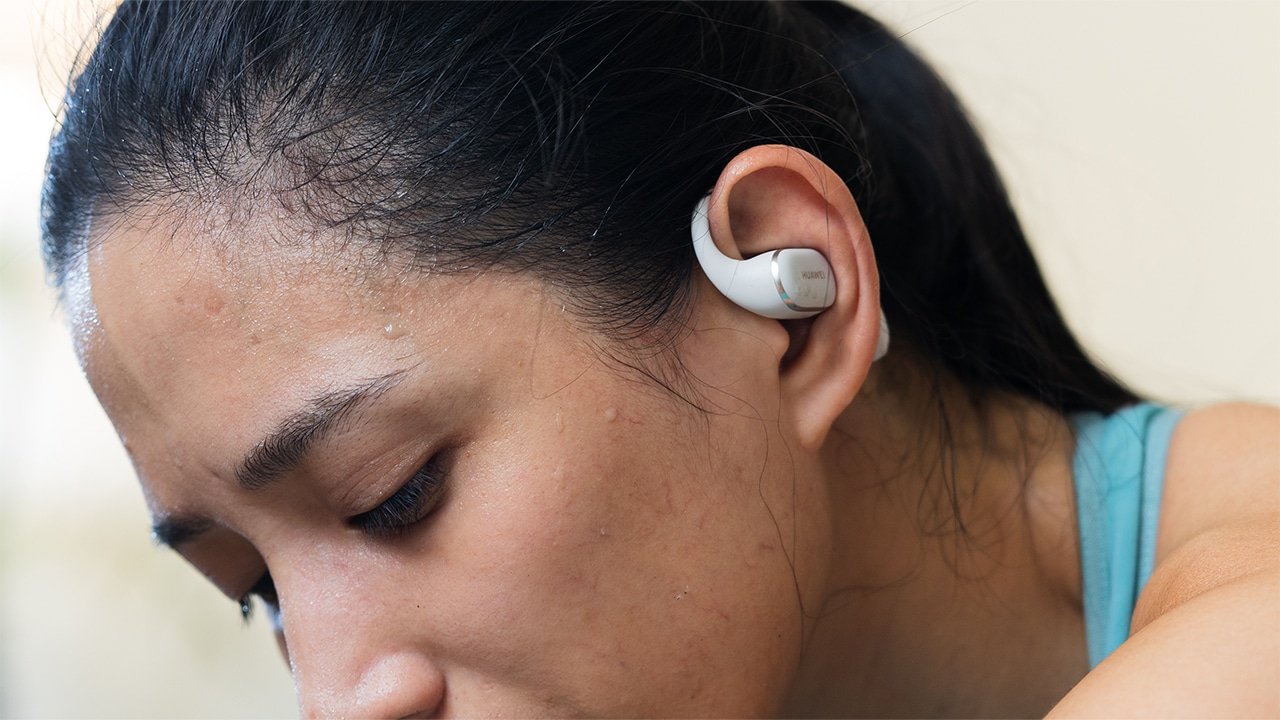
I have one small gripe: it’s that sometimes my ponytail snags on the bridge when I put it on or take it off. Glasses can also easily obstruct their placement. It’s not a dealbreaker, and honestly, it’s something that comes with having long hair or glasses. Still, it’s worth noting.
Who Knew Open-Ear Could Sound This Good?
As mentioned, one of the biggest reasons open-ear was never on my list was sound quality and volume. Most of the ones I tried before either sounded too flat, couldn’t deliver satisfying bass, and volume often lacking.
I wasn’t expecting too much from the FreeArc, but Huawei does have a rep for producing great wearables. And they’re proving it again with the FreeArc.
I kid you not, it only took listening to one song to convince me that these sound absolutely brilliant for open-ear TWS.
I kept the FreeArc’s volume at around 40% to 80%, which provided me with good enough volume both for when I want to clearly hear my surroundings or just tune it out just enough for me to focus.
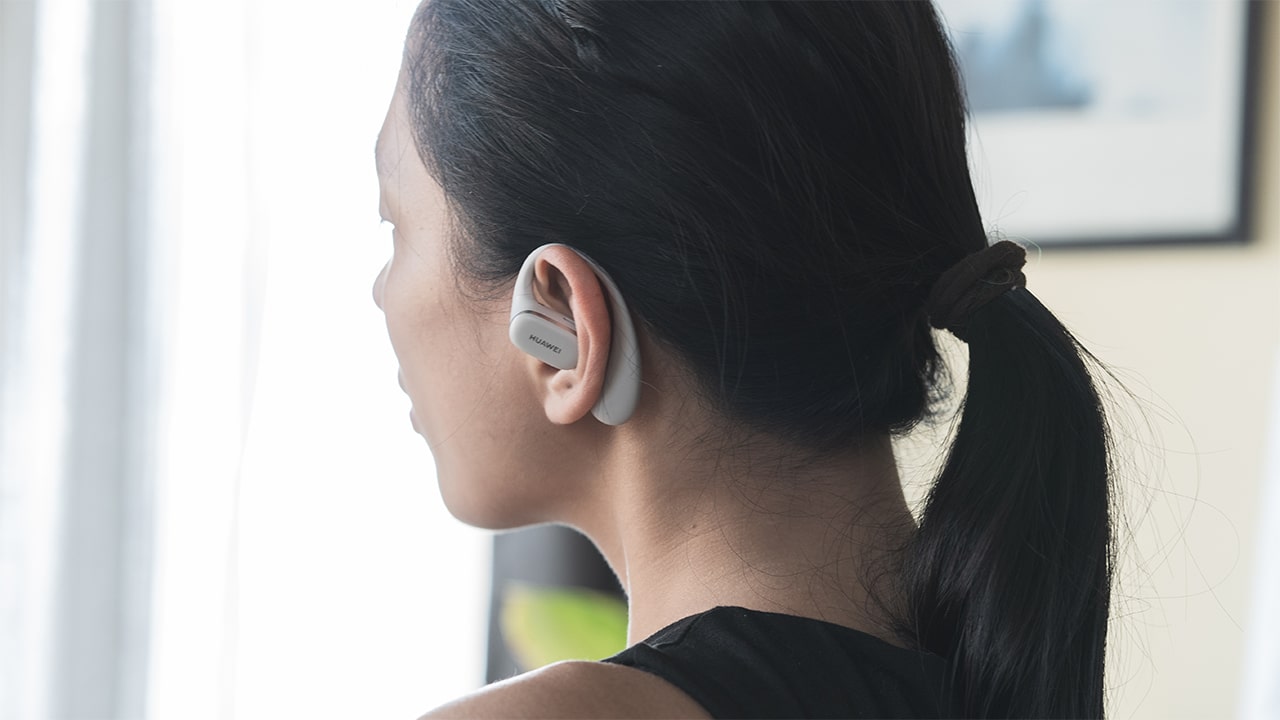
At 100%, you can drown out the outside noise, not completely, but impressively enough to make it seem like they’re a regular pair of in-ears with no noise cancellation. At max volume, sound does start to leak. Minimally, though, and it shouldn’t be too noticeable unless you’re in an elevator or similarly smaller, quieter spaces.
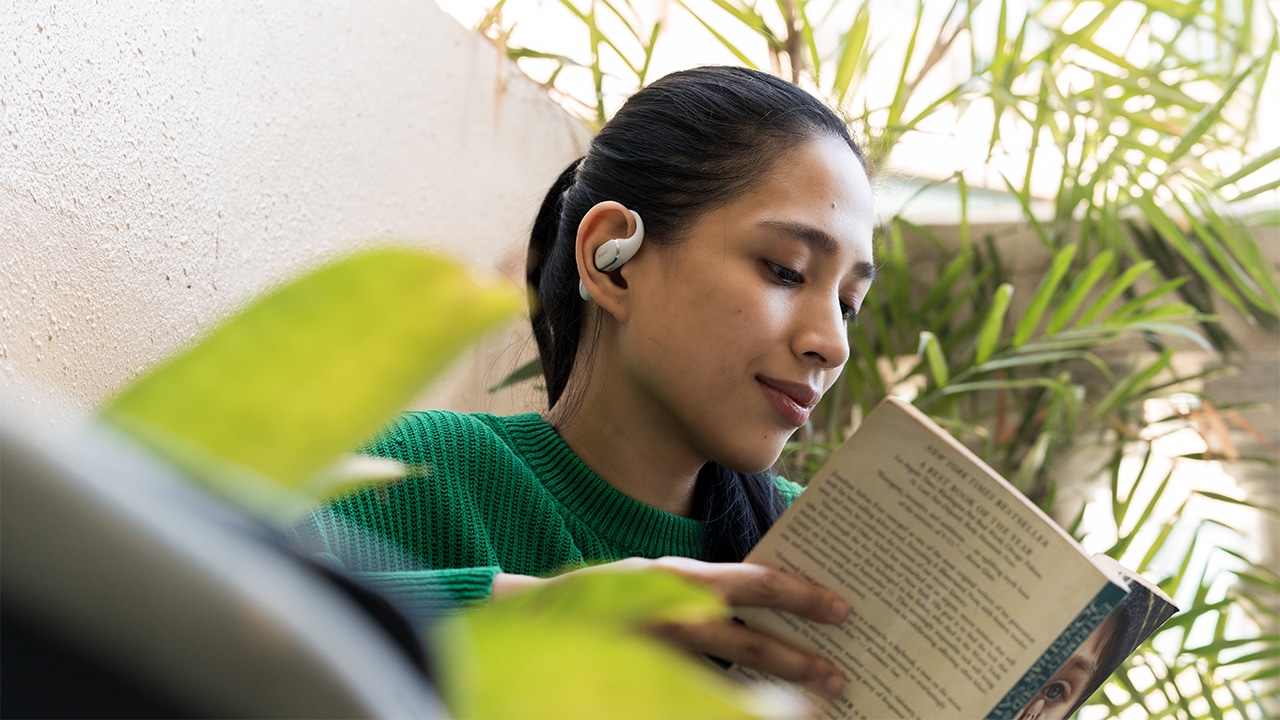
As for quality, you get rich and detailed audio with a more than respectable amount of bass for a pair of open-ears.
You will still get better quality on a pair of in-ear TWS or headphones, undoubtedly, but it’s enough to scratch the itch: the soundstage sounds vast, bass is present and lively, overall tone is warm, vocals are crisp, and it’s definitely far away from sounding the least bit tinny.

Even calls are clear. Whether it’s quick voice notes, video meetings, or calls with family, I never had to switch devices just to be heard properly. The quality is thanks to Huawei’s Sterling Sound technology that utilizes 17x12mm titanium-plated diaphragm audio drivers installed in each earpiece.
A Safely Soundtracked Life
Come on, admit it. You sometimes pretend your life is soundtracked, don’t you?
As you gloriously exit the gym after an intense workout, seeing yourself after a glam session at the salon, or maybe as simple as walking down a grand staircase, I bet you’re imagining a song going along as you move. I know I do.

This is what I liked about having open ears like the FreeArc: It lets me soundtrack my life without cutting me off from it.
I live in the hustle and bustle of the city and walk for the most part when I do my errands – and I never do so without music (or a podcast) in my ear.
Prior to having the FreeArc, my go-to was a pair of in-ear TWS with Ambient Mode. This is a feature that allows the mic on the earbuds to let environmental/ambient sound in, much like open-ears, and is a safety feature.
The problem? The environmental sound can be awful. And when you get caught in a wind tunnel, like in between buildings, the sound it makes is almost painful to hear.
None of that with the FreeArc, though. I can run errands downtown, keeping Porter Robinson as my backing track while still hearing traffic, announcements, and my own footsteps.
At the bank, I can vibe to something more chill like Bon Iver (to avoid leakage, too), but can still hear my number and name being called.
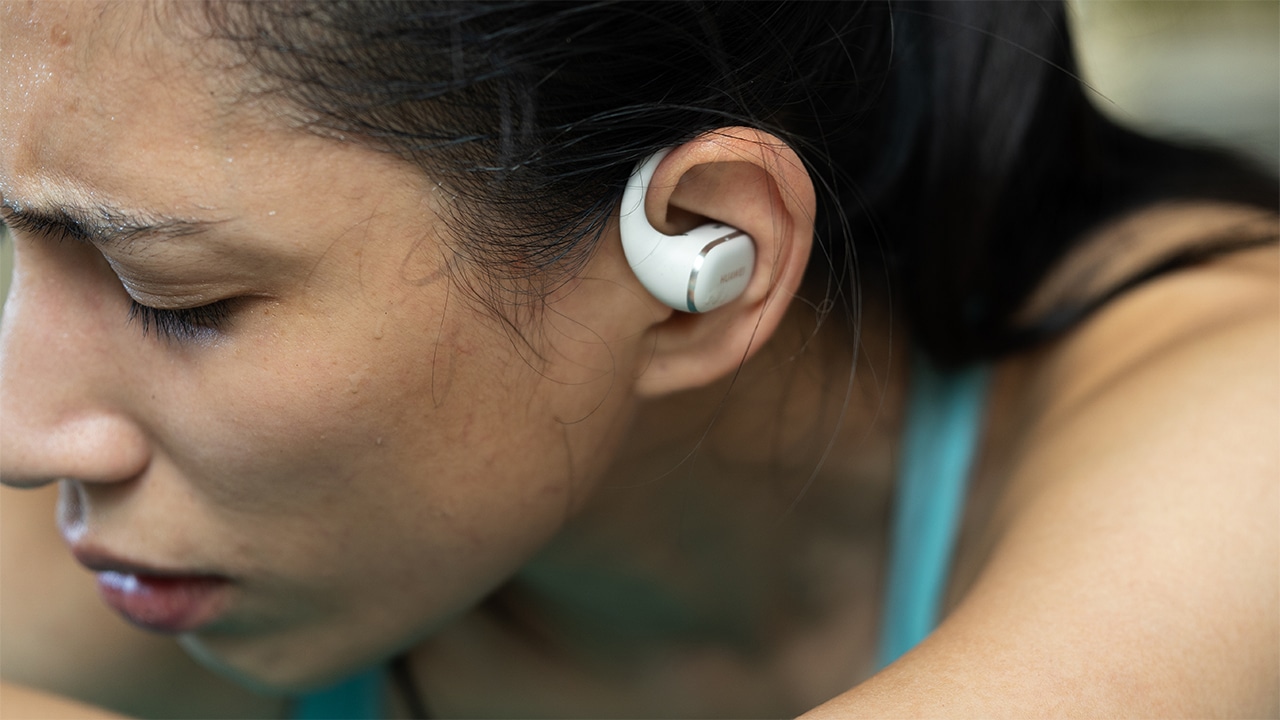
At home, I have the liberty of playing music through speakers. But not all the time. Especially when my husband, Kevin, is on a work call or critiquing videos. So during those times, I pop the FreeArc in so I can keep vibing (or maybe follow along a recipe video) and still be on call if ever he needs support.
You can add workouts to that list, too — the FreeClip is great for that. It’s got IP54 water and dust resistance, which means sweat or sudden rain isn’t a problem. Note, though, that it isn’t ready for the pool or the ocean.
One other useful feature I’ve been starting to look for on wearables: multi-device connection.
The Huawei FreeArc supports dual device connection, and this assures me that I can jump from my phone to my computer without disconnecting and reconnecting all the time.
Is it the perfect pair of wireless open-ears?
While they’re probably one of the best-sounding and most comfortable pairs I’ve tried, there are still a few things the Huawei FreeArc can improve on.
One of its biggest weaknesses is battery life, especially when you pit it against its competitors. While the earpieces last a good 7 hours or so, the case isn’t the best backup as it only offers about 28 hours of extra power, while others in this segment offer over 30 hours.

Another thing I kept having an issue with was the touch controls. They’re just a bit finicky. The touch registers after a beat or two, but I find myself caressing the bud more than I care to. And I’d rather not.
The controls are also activated by sweat if you’re working out rather intensely, though this is something I’ve experienced with other earbuds that also use touch controls..
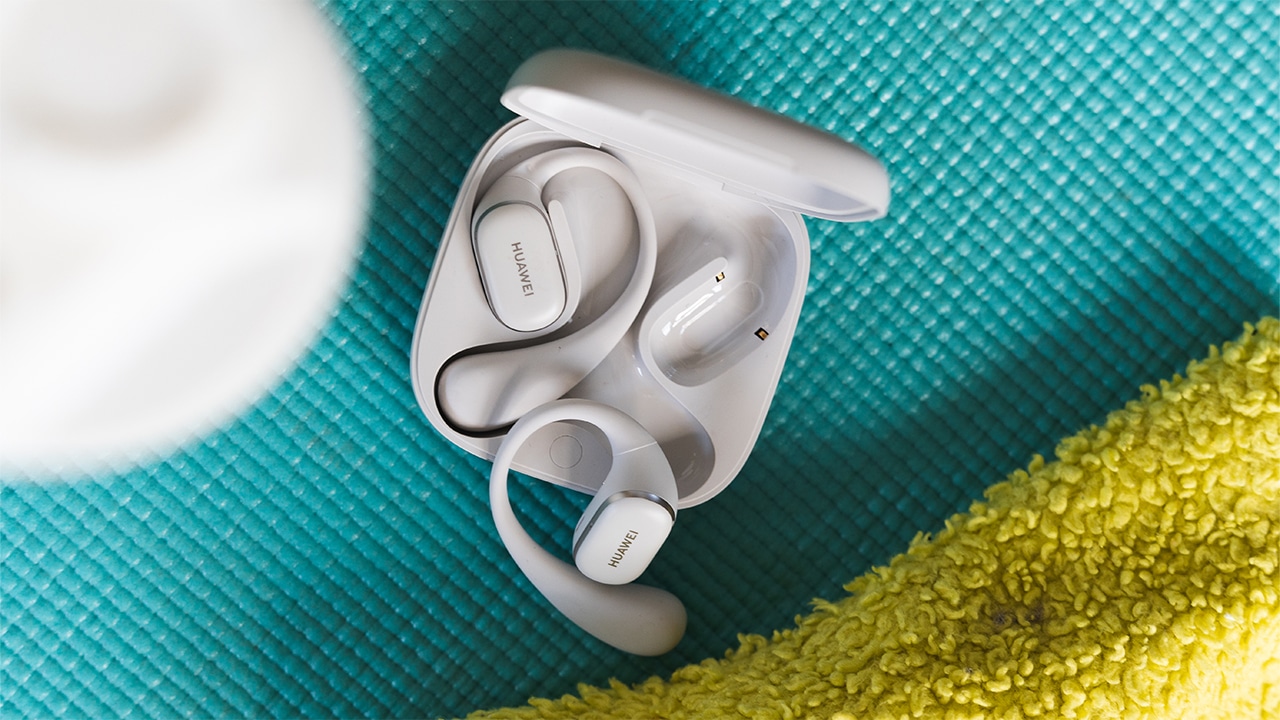
The charging case is also not that compact. It’s slim but wide, making it a little less portable than you’d want for an everyday device.
Latency is also an issue. Watching Netflix is more bearable with audio just trailing a few milliseconds behind. The latency is more obvious when gaming and is most obvious during tasks like video editing.
And finally, and probably a common roadblock, is the app – it’s not that straightforward to get.
If you’re a Huawei user or an iOS user, then the AI Life app is readily available. But on Android, you’ll have to download the app from the official page and then install it on your phone.
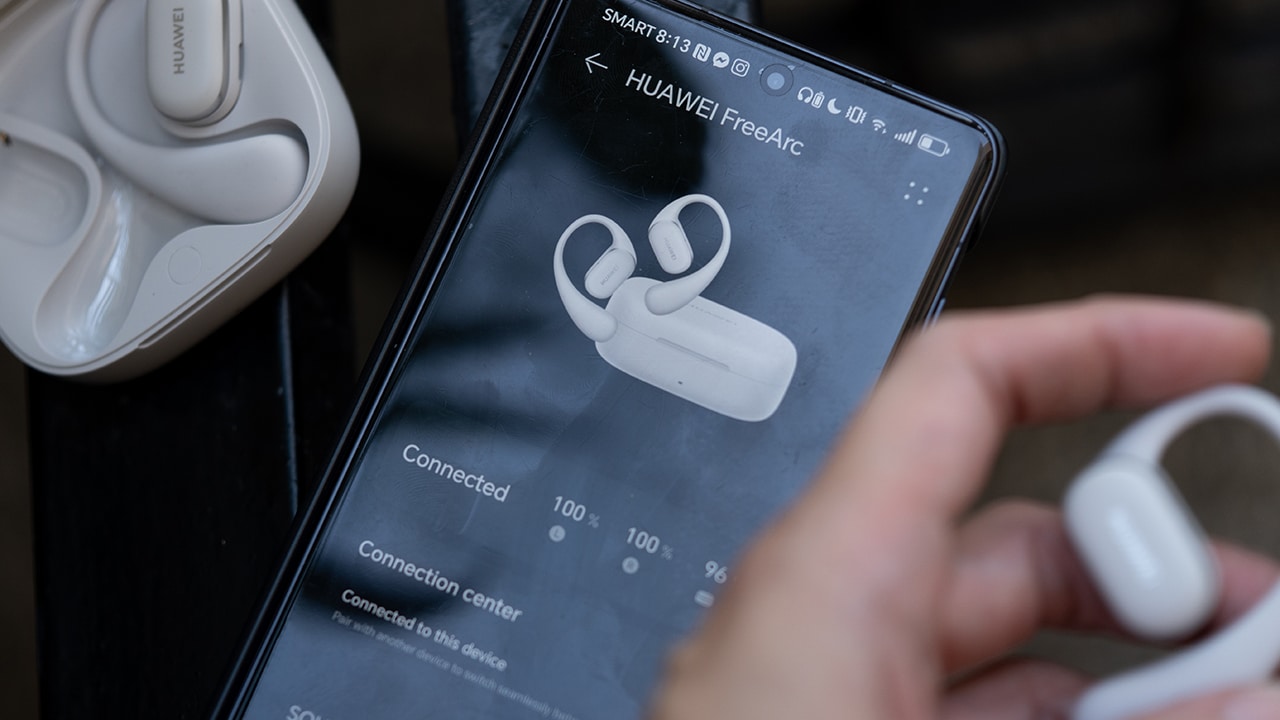
It takes the FreeArc away from its “premium-ness” and makes you feel like you’re sideloading a bootleg app. It doesn’t hurt your phone in any way; it just adds a few extra steps.

Do you need it? It depends. If you’re okay with the touch controls and sound profile out of the box, then the only benefit the app will give you is showing the battery levels.
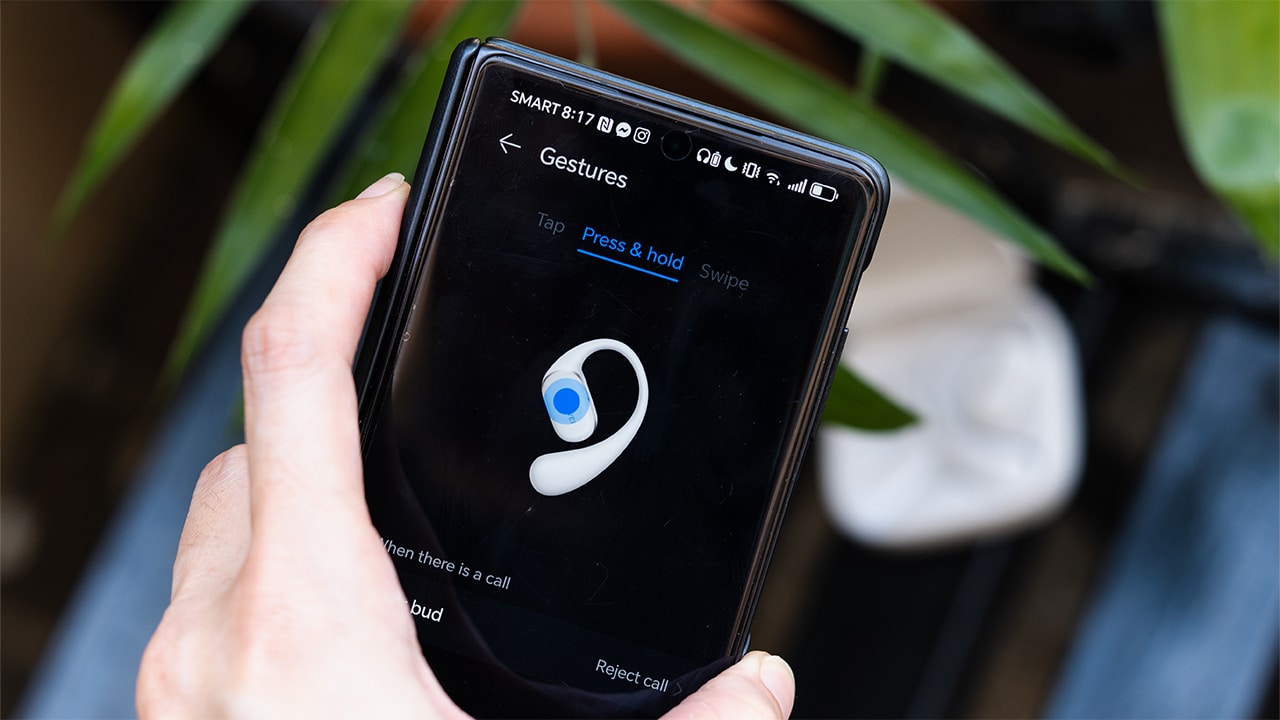
But if not, the app allows you to change the sound profile or create your own, customize gesture controls, and fix other settings as well.
You will, however, need the app if ever an update is available for the FreeArc.
Final Thoughts
The Huawei FreeArc isn’t just one of the most comfortable open-ears I’ve tried – it’s easily one of the best-sounding ones too, especially considering that this form factor isn’t made for great sound.
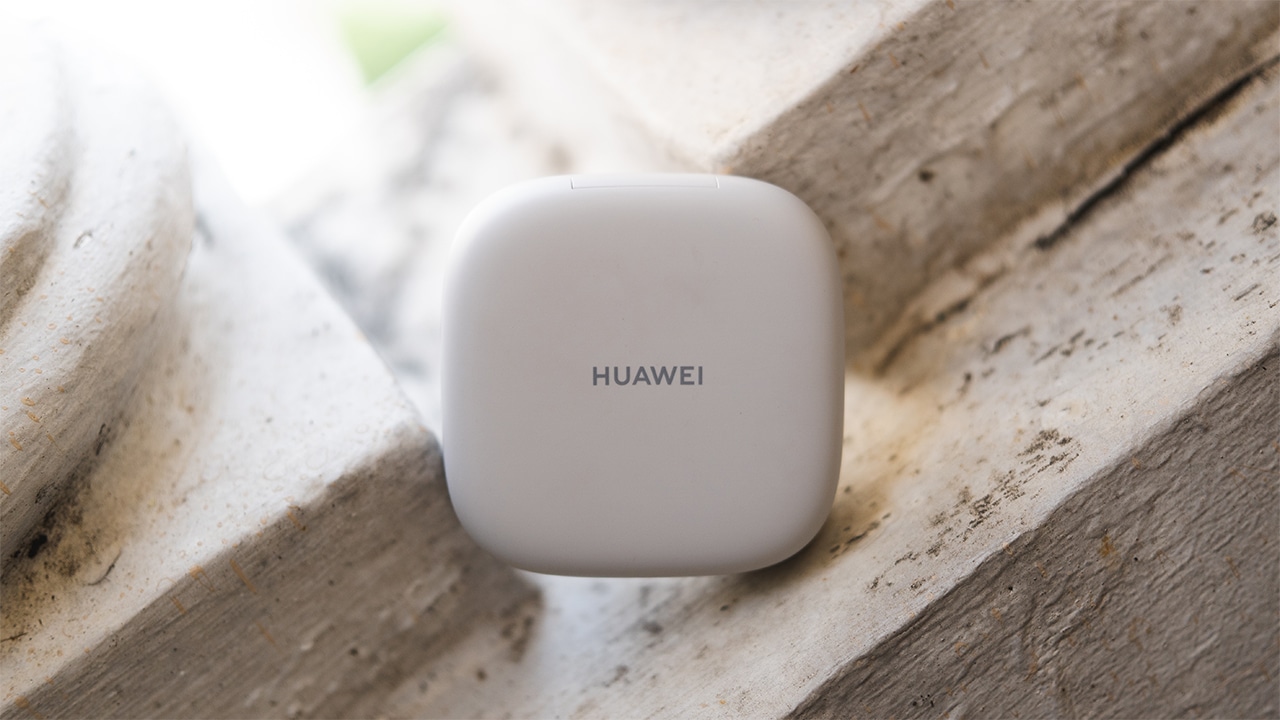
I’ve always been a fan of Huawei’s wearables — their watches, their audio products — because they don’t just look and feel premium; they’re built smart with attention to what users need (and more often than not are priced well). And the FreeArc stays true to that philosophy.
That said, I’m not about to completely ditch my in-ears and over-ears (and honestly, I don’t think anyone should). There’s still a time and place to zone out, but when it comes to city errands, quick walks, commutes, and workouts where I want to stay aware of my surroundings, the Huawei FreeArc has quickly become my go-to.
If you’re sound quality-first, open-ear TWS won’t fully replace your sealed earbuds or headphones – it’s just the reality of how they’re designed.
But if you’re looking for something that, quite successfully, marries sound quality, comfort, and essential tech features without feeling a major compromise, the Huawei FreeArc is just that.
Or honestly, it could simply be just about living your main character moment – soundtrack blaring, real life unfolding, and you staying perfectly (and safely!) in tune with both.



